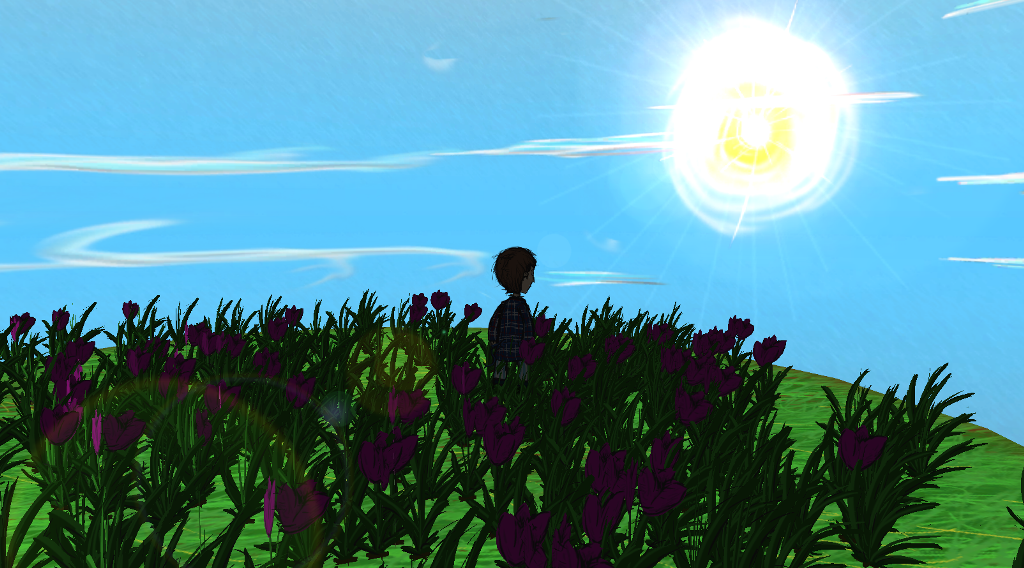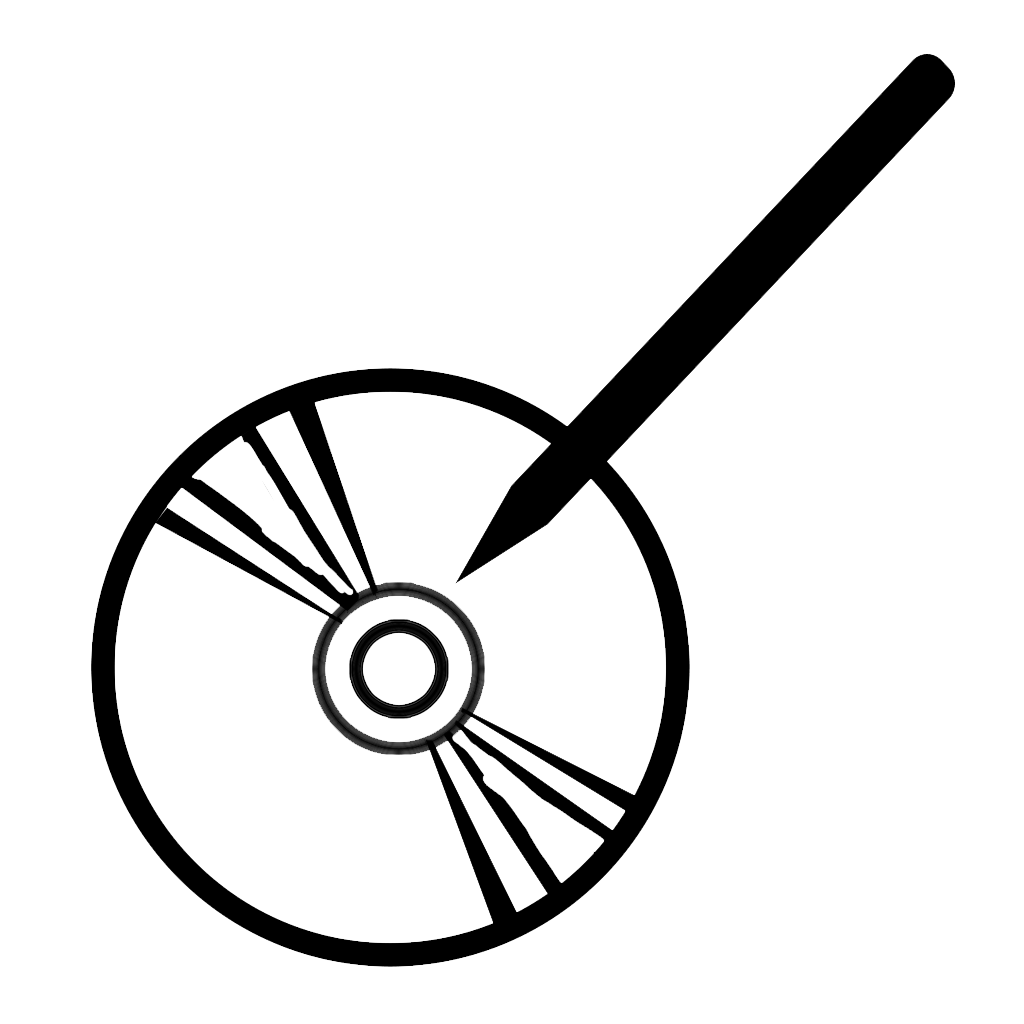Yes, the animation industry is in a bit of a rut.
First off, let’s cover the basics. Animation is typically divided into three categories in film: traditional/cel-animation, computer assisted animation, and stop-motion animation.
Traditional animation is like those old Disney movies you remember. “Snow White,” “The Lion King,” “The Little Mermaid,” “The Beauty and the Beast”, etc. These were hand-drawn: every frame (as many as 24 per second) had to be hand-made by a team of artists one by one.
Computer assisted animation is typically thought of as 3D animation, although 2D flash also counts (but I’m not counting traditional animation fixed in Photoshop or Post-Processing, as those still require an artist to create every frame). Here, animators don’t have to draw every single frame. Instead, animators draw keyframes as they normally would, but instead of an in-between artist finishing up extra frames for smoother animation, the computer automatically fills in the gaps for an ultra smooth clip. Animators can also use tools to fiddle with 3D models, and typically spend more time adding details and improving visuals. Therefore, it’s actually the easiest and cheapest of the three animation styles, despite the amount of knowledge and experience needed to use the computer software correctly, and that extra time can be afforded to making higher-quality work.
Continue reading →


